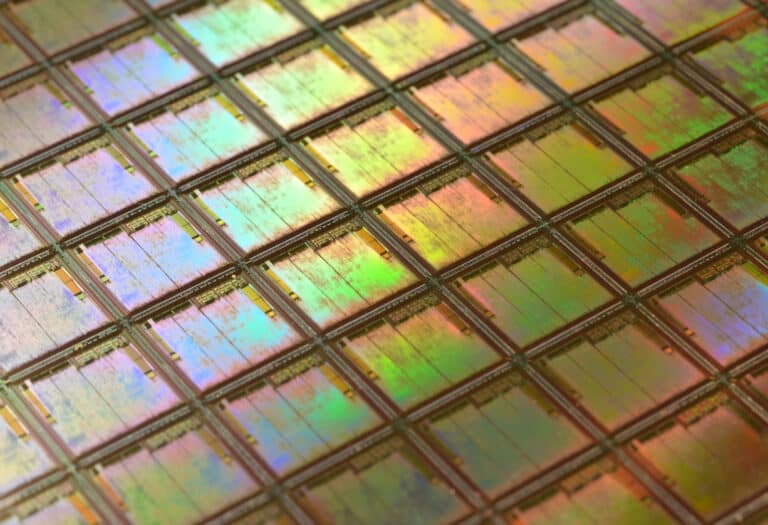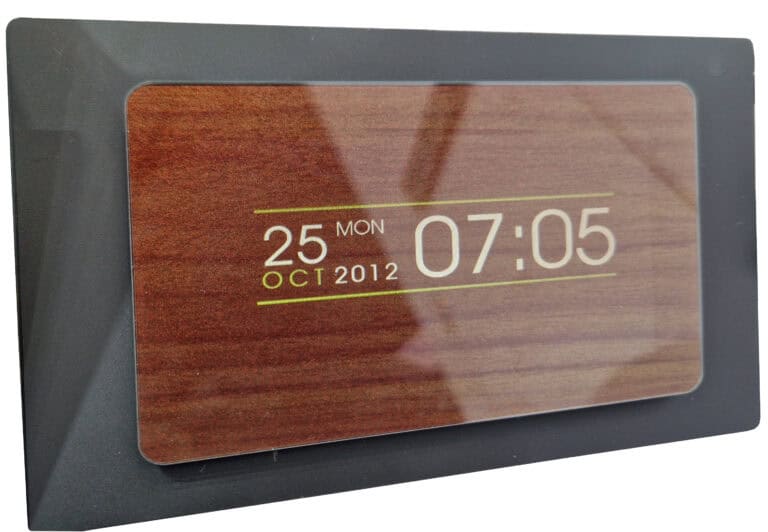Task
When using night vision equipment, light sources usually need to be turned off and so do controls such as LCDs and TFTs, otherwise users can be blinded and light amplifiers can have their sensitivity reduced by bright light sources. Some light leaks are so severe in this process that the NV image becomes washed out, but sometimes they can cause less obvious degradation of the image. Subtle degradations such as minimal glare or blooming in the NV image can obscure terrain features or obstacles that would otherwise be visible.
The simplest solution, which is to reduce the light intensity of a display far enough, has the disadvantage that nothing can be read without night vision equipment.
Technical description
Modern night vision devices react only to a limited wavelength range due to integrated band-pass and low-pass filters. Illumination outside this range can thus be left on without risk.
However, with light amplification factors of 30,000 - 50,000x, the filters must be very narrow-band and high-contrast for this purpose.

Figure 1: NVIS filter transmission curves (A. Wenger)
A distinction is made between 3 different filters:
NVIS-A, also called Minus Blue, is a filter which filters out wavelengths smaller than 625nm. This means that only blue/green colors can be used for illumination. The display can then only produce a very limited monochrome display.
NVIS-B: A filter with a cut-off at 665nm. With it the colors: Blue, Green, Yellow and Orange can be displayed. However, white cannot be mixed.
NVIS-C: A filter with a cut-off at 670nm, which allows almost the full color spectrum. In addition, the filter has a small transmissive area at 540nm, which makes it possible to read the TFT even with NVIS glasses.
The supposed advantage of the B/C versions to be able to use more colors is at the same time their disadvantage. The night vision device becomes significantly less sensitive due to the larger wavelength range filtered away.
NVIS display solution of LCD microelectronics

Figure 2: NVIS display (A. Wenger)
Our displays can be adapted both modularly, by selecting the combination of filters and lighting used, and dynamically, by switching the multispectral lighting used to meet different needs.
The multi-layered illumination can produce both the high brightness required for daylight operation and the wavelengths specially matched for various NVIS filters in reduced brightness.
Using an additional NVIS-B/C filter disk, this can also be used to create a colored night vision mode.

Figure 3: Structure of an NVIS TFT (A. Wenger)
Sources
- MIL-STD-3009 / LIGHTING, AIRCRAFT, NIGHT VISION IMAGING SYSTEM (NVIS) COMPATIBLE / 2.2.2001
- ACCURATE MEASUREMENT OF NVIS LIGHTING COMPONENTS Craig J. Coley, The Communications Repair Depot April 2006
- European Aviation Safety Agency / Acceptable Means of Compliance (AMC) and Guidance Material (GM) to Annex V - Part-SPA / 9.9.2015
- Flight Safety Foundation / Basic Aviation Risk Standard Implementation Guidelines / 5.5.2014



